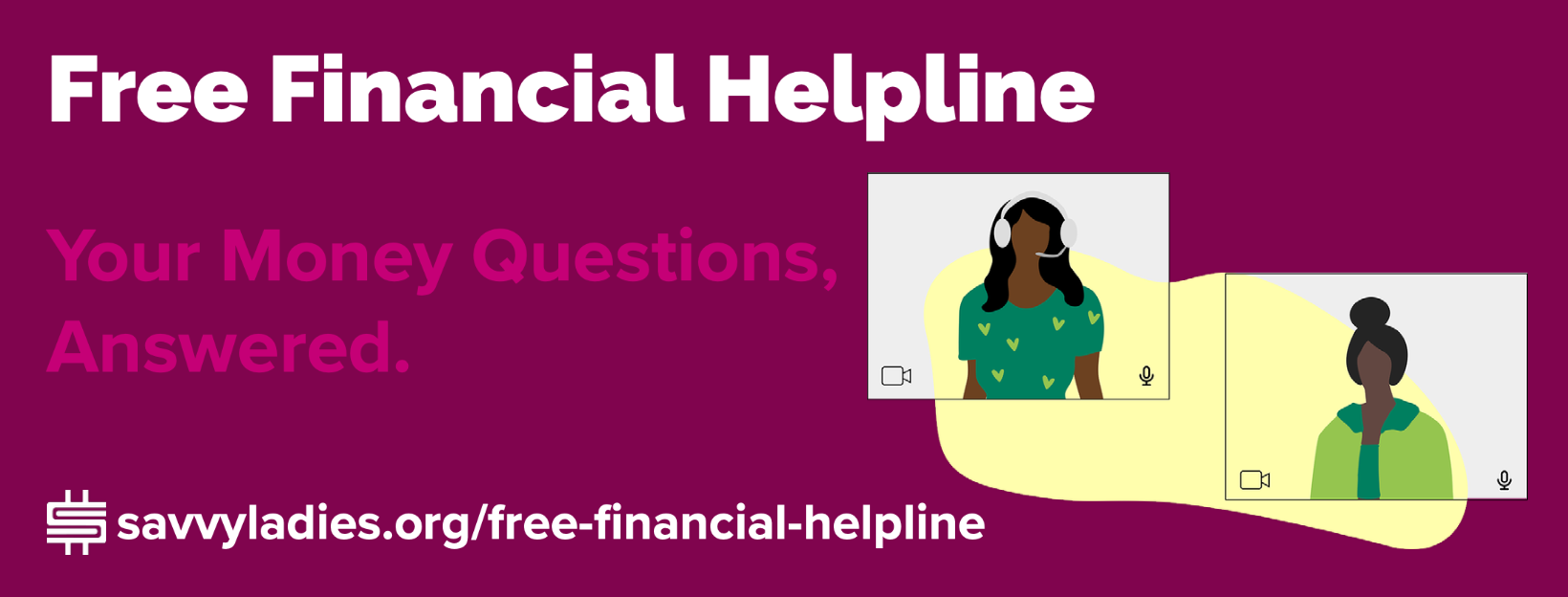by Stacy Francis, CFP®, CDFA
I do not make it a habit to eavesdrop, but the girls at the table next to me at the smoothie bar this morning were so loud and animated, there was no way around it. They were all international students, pushing the benefits of babysitting to the newest girl in the gang. It’s the perfect extra job, they said, because you don’t need a work permit.
Most moms will know this isn’t true. But since this isn’t the first time I have encountered this misperception, allow me to shed some light on employees in your home and taxes.
If you drop your child off at a sitter’s house on your way to work, and pick him or her up on your way home, the babysitter is not your employee. However, if your nanny works in your home and under your direction, she is considered an employee – regardless how many hours per week, month or year she does so. This means you both have to pay taxes. In order to do this, your nanny needs a work permit.
Now that we’ve gotten that part straightened out, let’s put this into numbers. If you pay your employee $1,400 per year or more, you need to withhold 7.65% percent from his or her paycheck, and then match this (a total of 15.3%). Minors under 18 and relatives such as parents and spouses are exempt from this rule.
If your employer has a childcare spending plan, you may be able to save some on your taxes and put money away pre-tax, to use for childcare. Even if you do not have access to such a plan, you may still qualify for a dependent care tax credit of 20-35% of the first $3,000 you spend ($6,000 if you have more than one child).
So while it may come as a surprise that such transactions are subject to taxation, you get a break, too. Not too shabby, is it?


